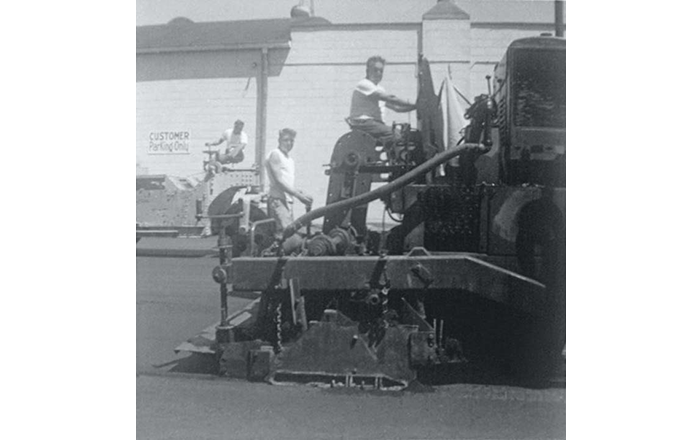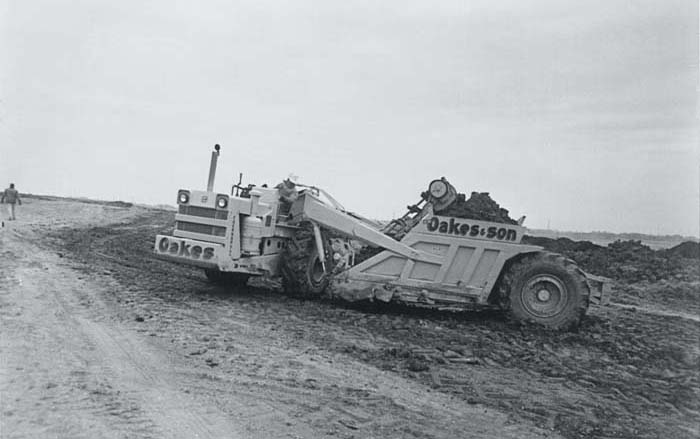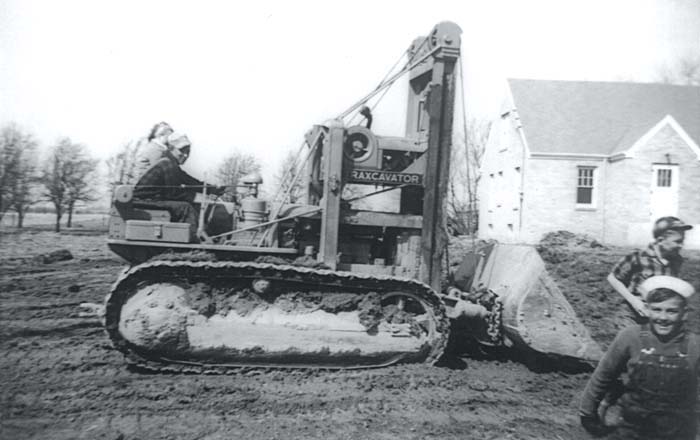Celebrating 75 Years of High-Quality Earthwork Construction Services
Our people are our most important resource. Instilling a culture of safety and providing on-the-job training from quality, highly skilled, veteran employees are our top priority. Providing them a quality fleet of equipment and tools, maintained by our experienced mechanics in our full service shop, are keys to our success. It is what has kept A.W. Oakes & Son, Inc. in business for over 75 years; and what we strive to do every day. ‘Do it right the first time’ is our philosophy, with ‘Safety’ being our culture.

Affiliations and Memberships
 |
 |
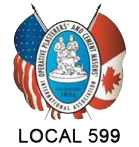 |
 |
 |
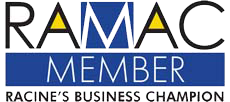 |
 |
 |
Earthwork Construction Services Since 1948
Oakes has been in the construction industry since the early ‘30s digging basements, starting with Arnold William (A.W.) Oakes. In the ‘40s, he began his own company, A.W. Oakes & Son, and formalized as an Incorporation in 1959. Working on grading projects and asphalt, the company began to grow. Over time we morphed into an asphalt paving company early on and paved the first parking lot at Six Flags Great America.
Over time, the company continued to develop with the second generation in the late ‘60s through the early ‘80s with Glenn Oakes taking over and focusing on landfill development, asphalt paving, and mass excavation. When Glenn was ready to retire, Dan Oakes (third generation) was ready to take the reins. During his leadership, the company has become what it is today – a full service civil contractor servicing Southeast Wisconsin and employing over 200 people. Dan is currently CEO and mentoring the fourth generation, President Max Oakes, to continue the success of A.W. Oakes & Son, Inc.
Latest News
 Apr 19, 2024
Apr 19, 2024
AW Oakes & Son goes above and beyond to ensure their employees ...
 Jan 16, 2024
Jan 16, 2024
The construction industry is one where vision shapes the landscape and hard ...
 Nov 22, 2023
Nov 22, 2023
A.W. Oakes & Son has been awarded a $22.25 million contract to ...


